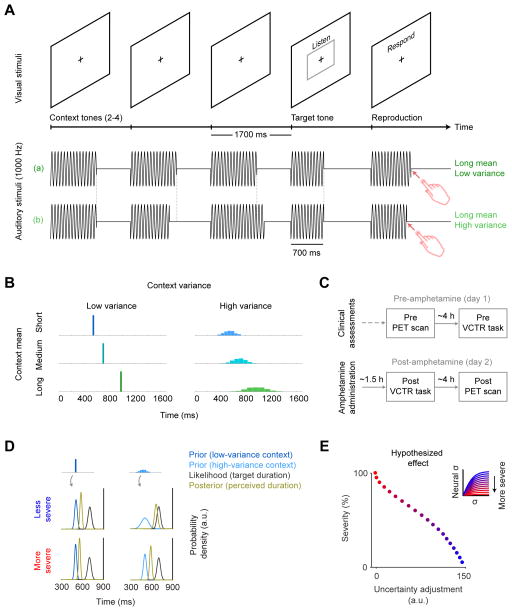Figure 1. Experimental design and theoretical model of hallucinations.
(A) Schematic of the variable context tone reproduction (VCTR) task structure. Representative trials are shown depicting auditory stimuli in different conditions (with long context mean and low (a) or high (b) variance) followed by the reproduction procedure used to match the perceived duration of the target tone. The target stimulus is held constant (at 700 ms) in 90% of the trials while the context randomly varies in mean duration (context mean), duration variability across tones (context variance), and number of tones (context length). (B) Magnitude and distribution of context tone duration within a trial, showing histograms of context mean and context variance under all experimental conditions (comprising a 3 × 2 parametric design). (C) Flow chart of experimental procedures in Study 2. (D) Hypothesized effects of context variance under a model of Bayesian inference and hallucinations (see Model description and simulations in Methods). Four panels show short context-mean trials in the VCTR task for the two context variance conditions (low and high, from left to right, respectively) in less severe and more severe pathological conditions (top and bottom, respectively). The target stimulus, as in the VCTR task, is kept constant, thus leading to equivalent sensory evidence (likelihood) in all four cases. The precision of the prior (the width of the prior distribution, rather than its expected mean value) depends on context variance and, thus, determines the relative weighting of prior and likelihood and the ensuing percept (posterior). In the less severe condition (top panels, representing non-hallucinating patients), the high-variance context (right) leads to a more imprecise prior with a lesser effect on perception towards contextual assimilation (i.e., the posterior is closer to the likelihood than it is to the prior), compared to the low-variance context (left). We refer to this pattern as a (positive) uncertainty adjustment. In this implementation of the model, in the more severe condition (bottom panels, representing a more pathological state in hallucinating patients), the difference in precision of the priors for the high- and low-variance contexts is not as manifest as in the less severe condition: the precision of the prior is high even in the high-variance context (right) and, thus, percepts in both contexts are substantially influenced by the priors (i.e., the posterior is closer to the prior than it is to the likelihood in both contexts, which results in a more apparent difference between the more and less severe conditions in the high-variance context (top right vs. bottom right); in other words, the more severe condition is associated with a generalized increase in assimilation towards the context, leading to smaller differences between high- and low-variance contexts and reduced uncertainty adjustment).(E) Simulation of VCTR task effects under a model of Bayesian perceptual inference in hallucinators. More severe pathology (i.e., more severe hallucination-related pathology in patients, indicated as a gradient from blue to red) is associated with reduced uncertainty adjustment in the VCTR task, measured as more assimilation (posterior closer to the prior) under the more uncertain (high variance) relative to the less uncertain (low variance) condition. The inset plot indicates the neural encoding of uncertainty; the estimated context variance, as encoded neurally (neural σ), is a function f(σ) of the true contextual uncertainty σ which saturates earlier with more severe pathology (i.e., neural σ has a more restricted range with increasing severity).

